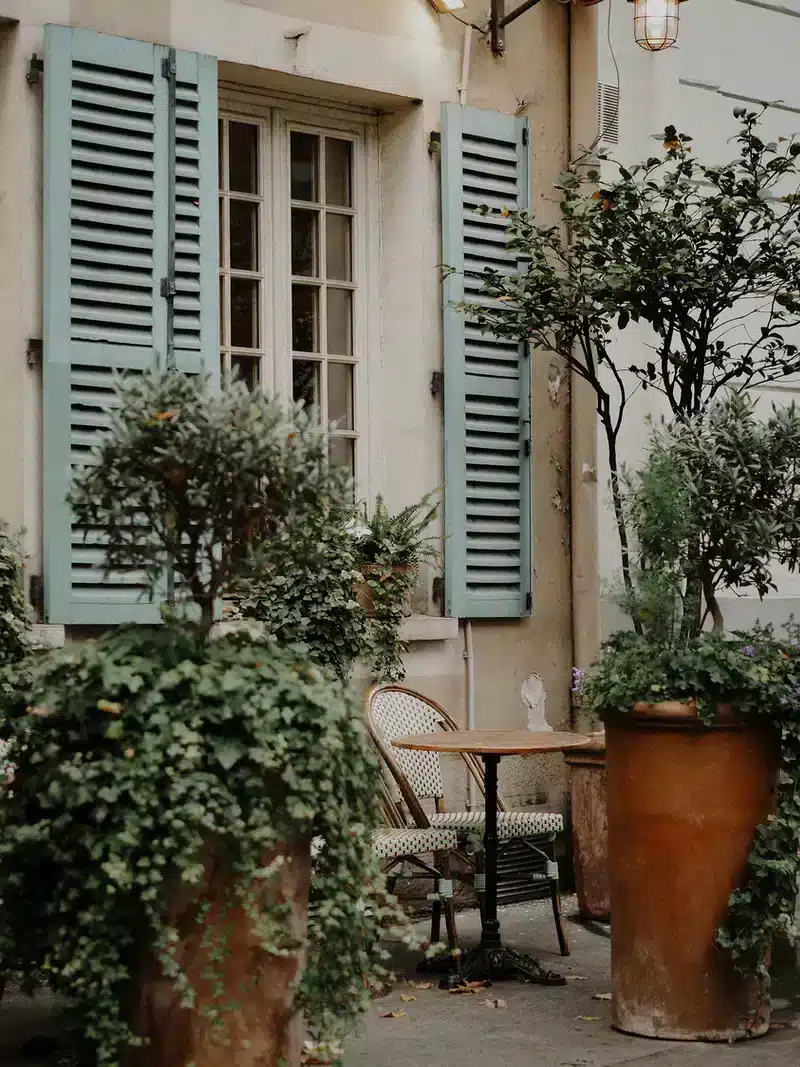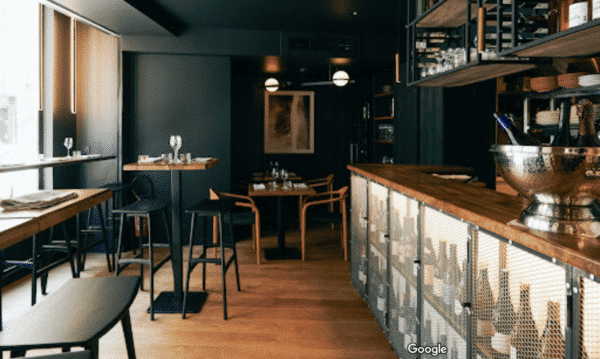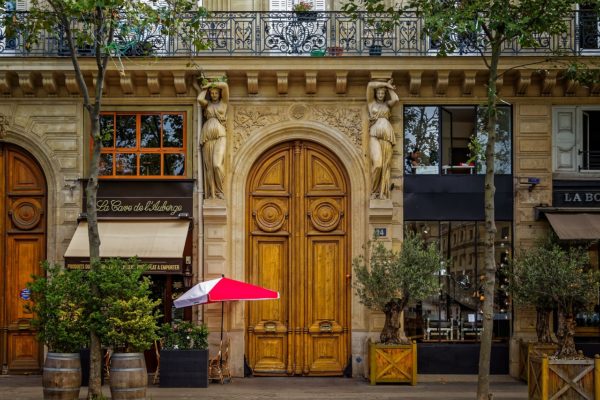Expert Insight, Breaking News, and Insider Stories on Real Estate in Paris

Which parts of your Paris apartment building can you use as your own?
A “partie commune” is the common area for the use of all co-owners, and a “partie privative” is an area reserved for the exclusive use of one co-owner.
How do we define “partie commune” and “partie privative”?
Partie commune
A partie commune is an area that is part of a building and land which is for the use or benefit of all or some of the co-owners. The following are considered partie commune, unless otherwise specified in the by-laws:
- the foundations, roofs, load-bearing walls, the shell of the floors underneath, the staircases, the framework ;
- the elevators, the central heating, the garbage chute, the collective television antennas, the pipes, the plumbing;
- the janitor’s lodge, the garbage room, the bicycle and stroller room;
- entrances, corridors, gardens, roof terraces, balconies etc.
Partie privative
A partie privative is the part of the buildings or land reserved for the exclusive use of a specific co-owner. As a general rule, the following elements are classified as partie privative:
- floors, tiles and other flooring surfaces;
- ceilings;
- interior partitions (except load-bearing walls);
- interior doors, doors separating an apartment from the landing;
- cupboards and closets.
The partitions or walls separating two lots which are not included in the structural work are, in principle, common.
By-laws may provide for other provisions.
It may also provide for an exclusive right of enjoyment (known as “jouissance”) for a part of the partie commune: for example, the co-owners of a building may have exclusive and private enjoyment of the terrace or garden overlooking their apartment.
What are the rights and obligations of the co-owners ?
On the partie privative:
Every co-owner has the right to use their lot as they see fit. However, this use must be in accordance with the designation of the building. For example, they can decorate their interiors as they wish.
What is the designation (“destination” in French) of a building?
The designation of a building is the use assigned to the building: exclusively residential, mixed (commercial and residential; professional and residential…), etc. Any planned construction must be in conformity with this designation. Otherwise, special authorizations are required.
Example: construction that unites two co-ownership lots by breaking through a ceiling. This project may be contrary to the designation of the building if the joining of these lots makes the building fall into the category of high-rise buildings (Cass. 3e civ. 13 sept. 2005).
How to know the designation of a building?
In principle, the designation of a building is indicated in the co-ownership regulations. If there is no mention of it, several other factors contribute to define the destination such as the location of the building, the construction characteristics, the level of comfort, the history of the building, etc.
The co-owner must respect the designation of the partie privative. For example: a clause in the co-ownership by-laws that a building is exclusively for residential use prohibits any commercial activity and the exercise of any profession, even a “profession liberale” (a specific self-employment category in France).
Each owner must also respect the restrictive clauses found in their by-laws justified by the designation of the building. For example: the prohibition of any activity which may cause a nuisance to the other co-owners, notably because of noise or odors.
For example, any co-owner may rent their lot freely (except, sometimes, in view of the standing of the building, the by-laws may prohibit the rental of lot apart from service rooms).
Any co-owner has the right to sell their property (again, except sometimes, in view of the standing of the building, the co-ownership by-laws may prohibit the sale of lots separate from service rooms), to give it away, to bequeath it.
On the partie commune?
The common areas are the object of joint ownership between all the co-owners or some of them. Each owner is free to use the common areas on the condition that they do not infringe on the rights of the other co-owners, nor on the purpose of the building.
The obligations of the co-owners are numerous and are indicated in the co-ownership by-laws. For example, it is forbidden to modify or annex the common areas without the prior authorization of the general assembly of co-owners.
Adapted from the original article: https://notairesdugrandparis.fr/fr/la-copropriete-comment-ca-marche/que-veut-dire-partie-commune-et-partie-privative
Contact Paris Property Group to learn more about buying or selling property in Paris.













